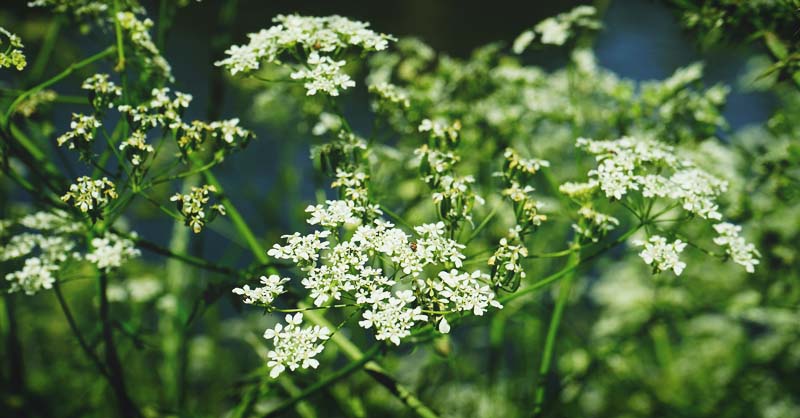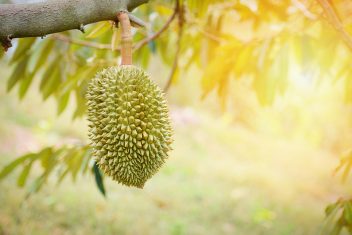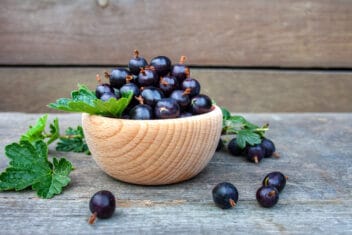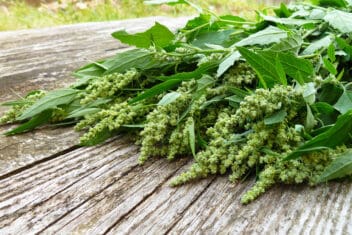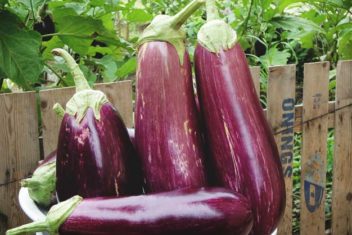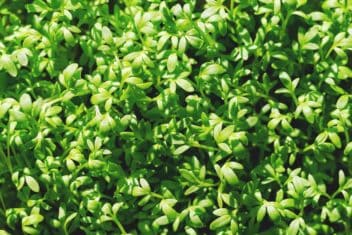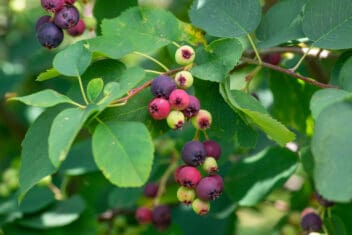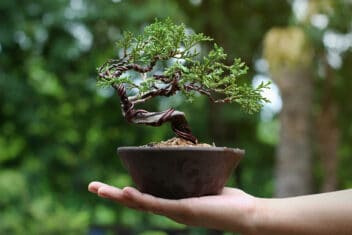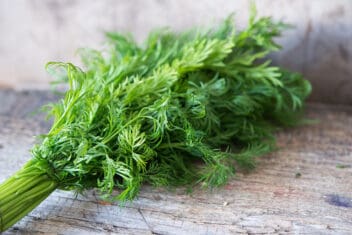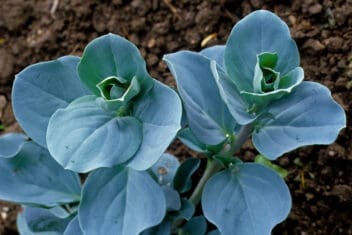If you’re not growing caraway, you’re missing out on a versatile and tasty treat. I had no idea how useful this plant is until I planted it in my garden. Caraway is a hardy herb related to carrots and fennel, and features little white flower heads that seed around mid-summer.
Caraway has a long pedigree. It was found in Egyptian tombs as an offering to the gods, and the Elizabethans considered it a love potion.
Caraway seeds are technically the fruit of the plant, but we call them seeds because that’s what they look like. They add a mild licorice-like flavor with hints of citrus and pepper to dishes. If you’ve ever had traditional rye bread, you’re probably familiar with the taste. You can also eat the leaves when they are young, and you can eat the root after the plant has gone to seed.
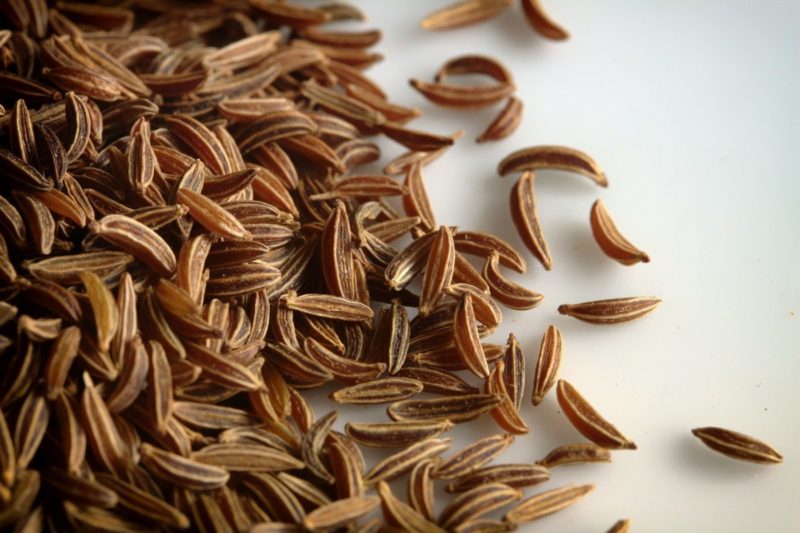
As a bonus, there’s some evidence that caraway seeds can relieve indigestion, stomach cramps, bloating and flatulence.
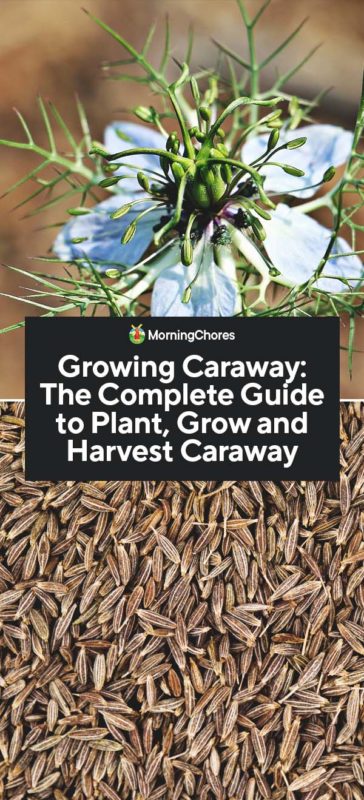
Caraway Varieties
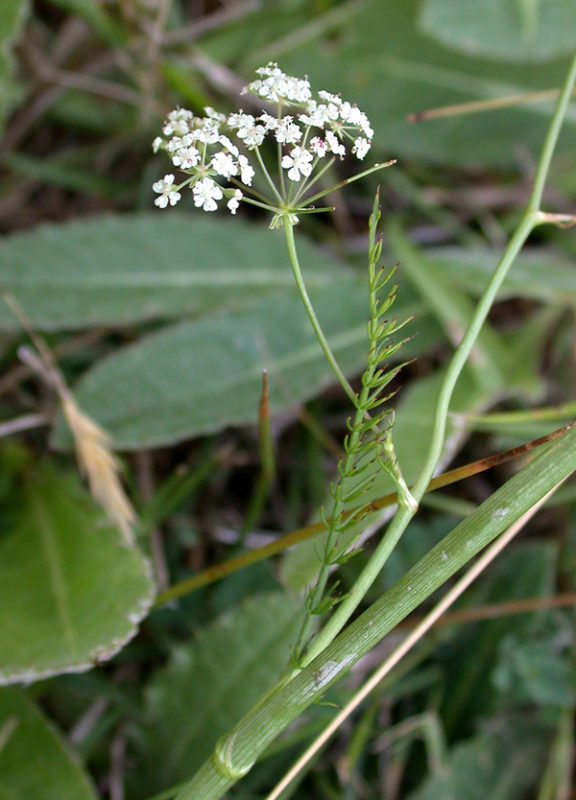
Caraway comes in annual and biennial varieties. Some people think the annual variety is inferior to biennial types, but the positive is that you don’t have to wait for the second year to harvest the seeds.
As a biennial, most caraway plants grow leaves in the first year, and flowers that fruit in the second year. Once the plant sets seeds, it dies off.
The plants can vary depending on whether they have origins from Dutch, English, German, Egyptian or African varieties.
You’ll typically see generic caraway seeds in the home store or nursery, but it’s worth searching out the named cultivars, which are superior. The most common of the varieties is Arterner. This variety has a higher oil concentration than other types, so it has a fuller flavor. It also has higher yields so you can get more from each plant.
How to Grow Caraway
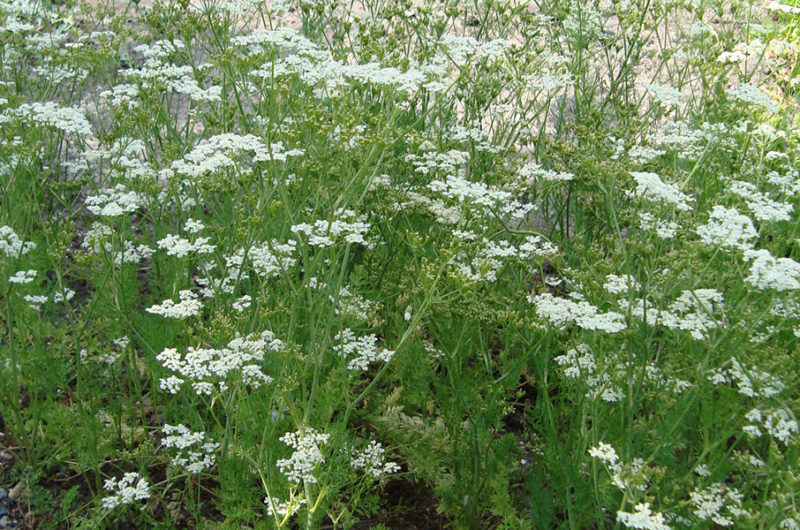
Zones
Caraway grows well in zones 4-10. Caraway prefers slightly cooler temps. You can plant caraway as an annual in temperate climates with a long growing season.
Sun and Soil Requirements
Plant caraway in a sunny, open spot. In warmer zones, give the plant some shade in the heat of the day. If you live in a cooler climate, full sun encourages good growth.
Caraway prefers a pH of 6.0-7.0. Plant in well-drained, loamy soil.
When to Plant Caraway
Plant caraway in the spring or autumn in warm climates. If you’re planting in the spring, put the seeds in the ground as soon as you can work the soil.
Plant caraway in winter if you have a long growing season and temperate climate.
Start seeds indoors a few weeks before you plan to move them into the garden to get a good head start, but remember to transplant before the root gets too big. Caraway doesn’t transplant well if the root is well developed.
Where to Plant Caraway
Caraway is excellent at self-seeding, so plant it somewhere that you don’t mind it returning.
I usually plant caraway in an open, sunny position in the middle of my garden. You can plant in a container, but as caraway has a taproot, the pot needs to be deep. I prefer a tall terracotta pot with rich potting soil. You can also plant caraway indoors. Just make sure it’s in direct sunlight.
Germinating Seeds
Plant the seeds about 1/2 inch deep in rows about 12 inches apart. Ensure the soil is well fed before planting and water well until germination. Don’t allow the soil to dry out. Once the plants have germinated, it’s okay to let the soil dry for a short period.
Caring for Caraway
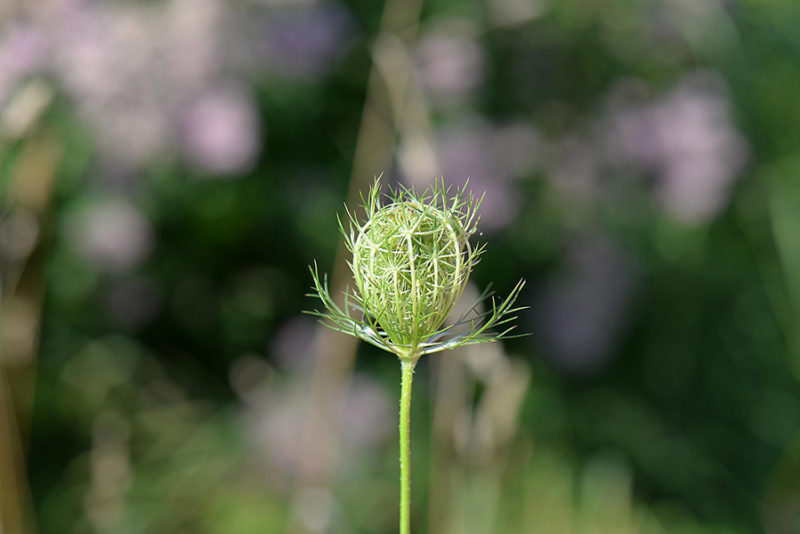
Expect caraway to be small in the first year. It may be only 8-12 inches tall as it develops its taproot. In the second year, it will triple in size and start to flower.
Fertilizer
Fertilize the soil with well-rotted manure before planting the seeds. Once the plants germinate and begin to grow, feed with a good quality liquid fertilizer once or twice in the growing season.
Watering
Water well especially in the first year when caraway is developing its taproot. During dry periods, give plants a good soak once a week. Make sure you water the soil around the base of the plant and not on the foliage.
Mulching
Protect the plant with mulch during the warmer months and water well. Mulch helps retain moisture in warmer climates.
Common Problems and Solutions for Growing Caraway
Caraway isn’t plagued by too many pests, but there are a few good practices you can use to keep your plants in good shape. Rotate your crops, and keep plants well fed and watered.
Carrot Rust Fly
Since caraway is related to the carrot, watch out for this pest. The adult is relatively harmless, but the larvae dig into the root. Left unchecked, they can destroy a whole crop.
You can tell if you have carrot rust larvae because the plant is stunted and may wilt and die. Dig gently around the base of the plant and expose the root to see if there are larvae. I’ve found the best way to control them is to drench the soil around the plant with organic pyrethrum.
Parsley Caterpillars
These caterpillars stand out because they are quite striking: they’re green with yellow and black bands across their backs. The good news is they’re easily spotted. The bad news is they like to eat the foliage of your growing caraway plants.
It’s simple to control them by removing them when you see them. If your infestation gets bad, you can use an organic insecticide.
Leaf Hoppers
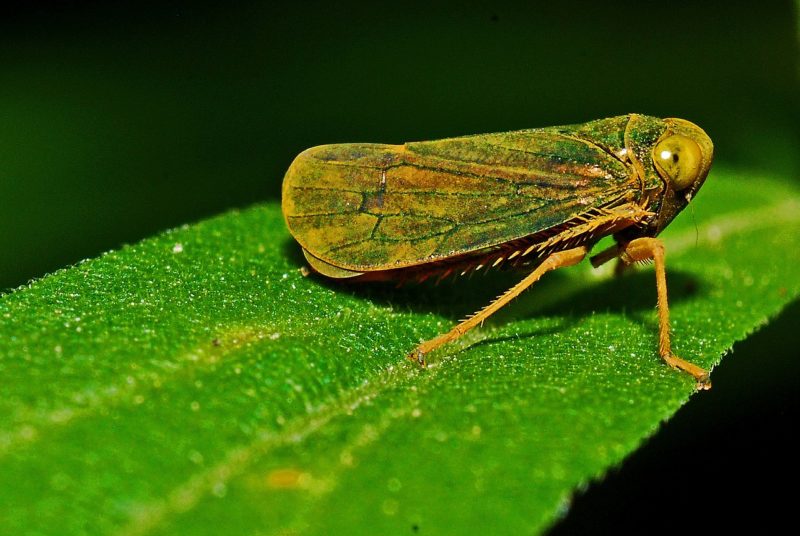
Leafhoppers eat the sap out of the leaves causing a lot of damage. Remove the damaged leaves as soon as possible to avoid spreading disease. Use insecticidal soap to control these bugs.
Grasshoppers
Grasshoppers attack many plants, including caraway. I use homemade pepper-based sprays and also let the chickens into my garden to devour the bugs. You can also try vinegar and garlic sprays.
Companion Plants for Caraway
Caraway plays well with the following plants:
- Berries, especially strawberries
- Peas
- Broccoli
- Cabbage
- Kale
- Chard
- Onions
Avoid growing caraway near fennel or dill.
How to Harvest and use Caraway
Leaves
Gather the leaves when they’re young. You can eat them in salads or cooked like chard. I’ve also added the leaves to soups or on top of eggs.
Seeds
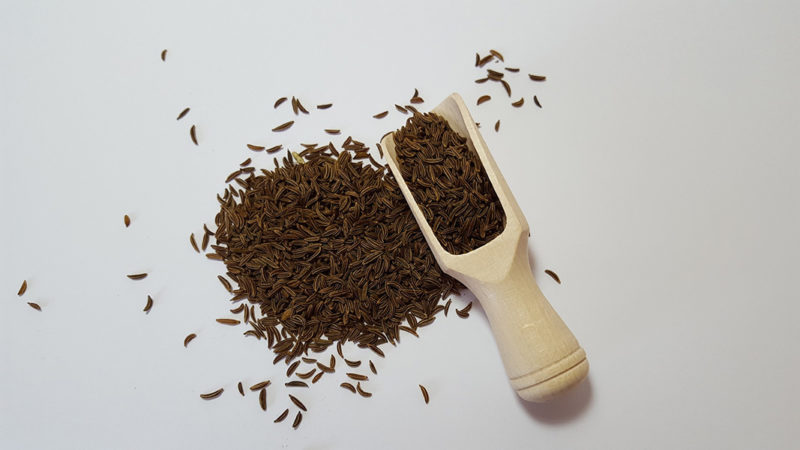
I started growing caraway for the seeds because they’re so healthy for you and they taste incredible! Pick the seed heads in late summer or when they’re brown.
Hang the seed heads upside down in a warm, dry space over a container to collect them as they fall. Ensure they’re dry before storing in a glass container in your pantry.
I use the seeds for:
- Sprinkling over rich game meats
- Adding to beef stew to aid digestion
- Adding to cabbage water to get rid of the smell while cooking
- Flavoring soup, bread, cake, biscuits, apple pie, baked apples, and cheese
Roots
Dig up the roots in the second autumn and roast or use as any other root vegetable.
Medicinal Uses
There is evidence that caraway can help out your digestive system. You can make a tea or chew the seeds to:
- Aid digestion
- Promote appetite
- Sweeten your breath
- Relieve flatulence
Have any brilliant caraway uses that we haven’t covered here? Be sure to share them with us – we can never get enough uses for caraway.

